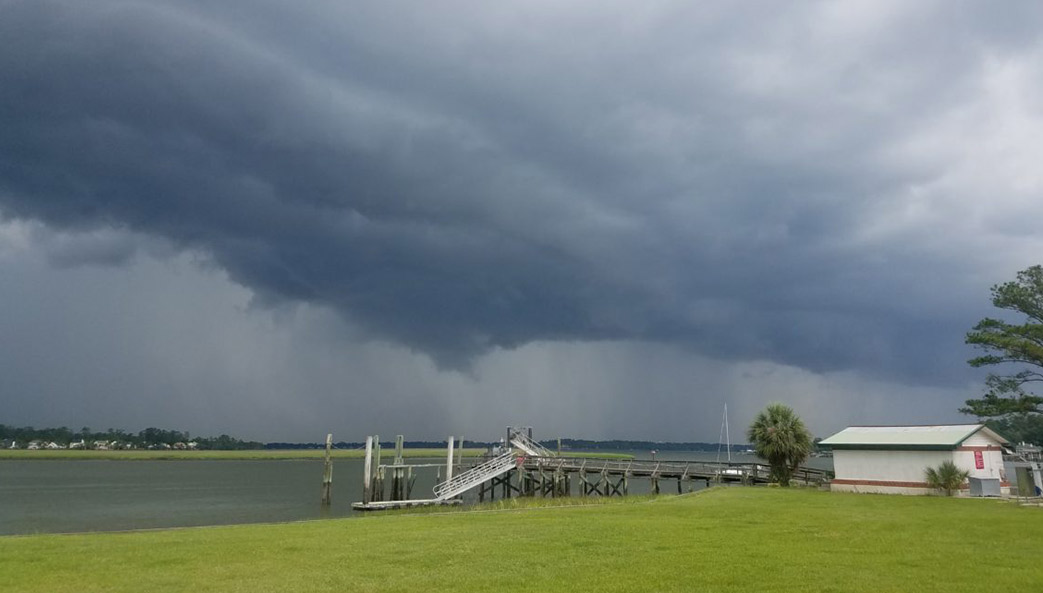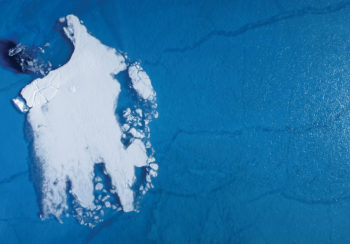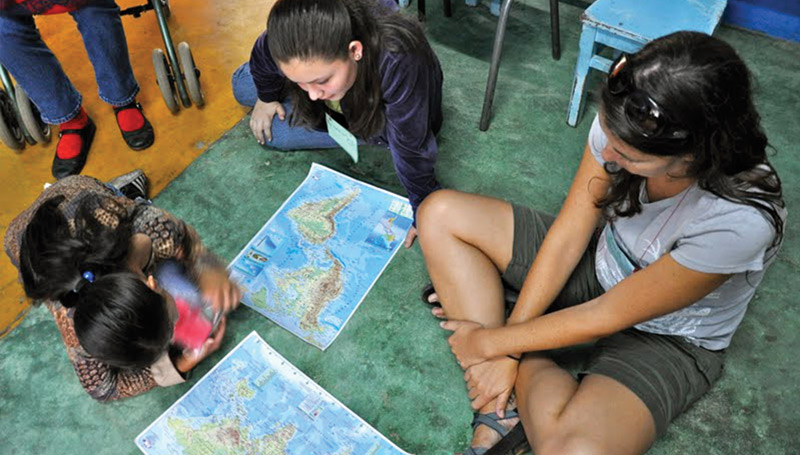It’s not just the carbon dioxide from human activities that poses a threat to our climate; we must also worry about the massive storehouse of carbon—the remnants of plants and animals that died thousands of years ago—that has long been locked away in the Arctic’s frozen soil, called permafrost.
Aron Stubbins, an associate professor of marine sciences at UGA’s Skidaway Institute of Oceanography is part of a team investigating how and how much of the permafrost’s ancient carbon is now being transformed into carbon dioxide and released into the atmosphere.
Food in a home freezer is protected from the bacteria that would otherwise cause it to decay and release carbon dioxide. “But if you allow your food to defrost, eventually bacteria will eat away at it, causing it to decompose and release carbon dioxide,” Stubbins said. “The same thing happens to permafrost when it thaws.”
Moreover, the carbon thus released could create what scientists call a positive feedback loop: with more carbon released into the atmosphere, climate warming would be amplified, causing more permafrost to thaw and release even more carbon.






